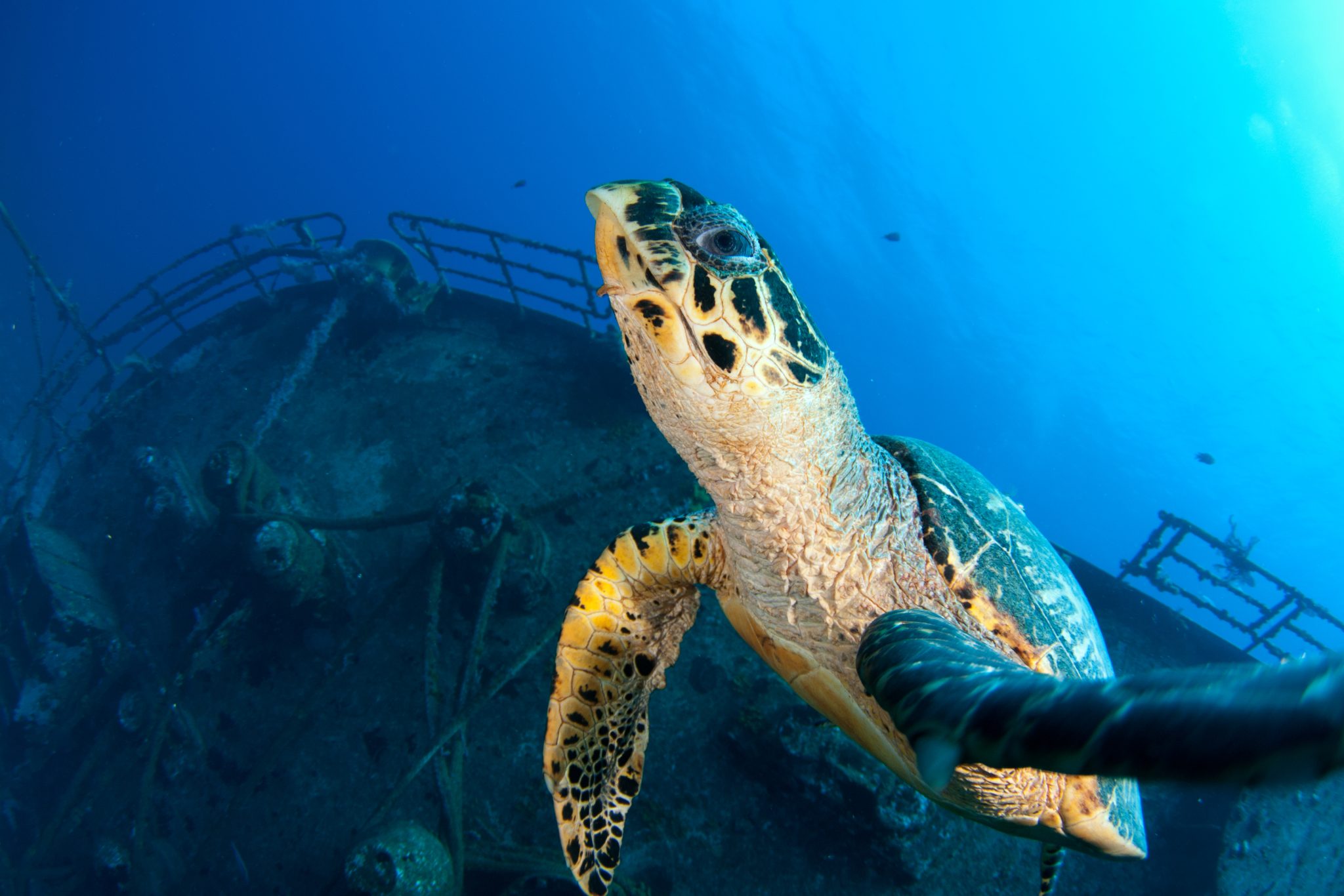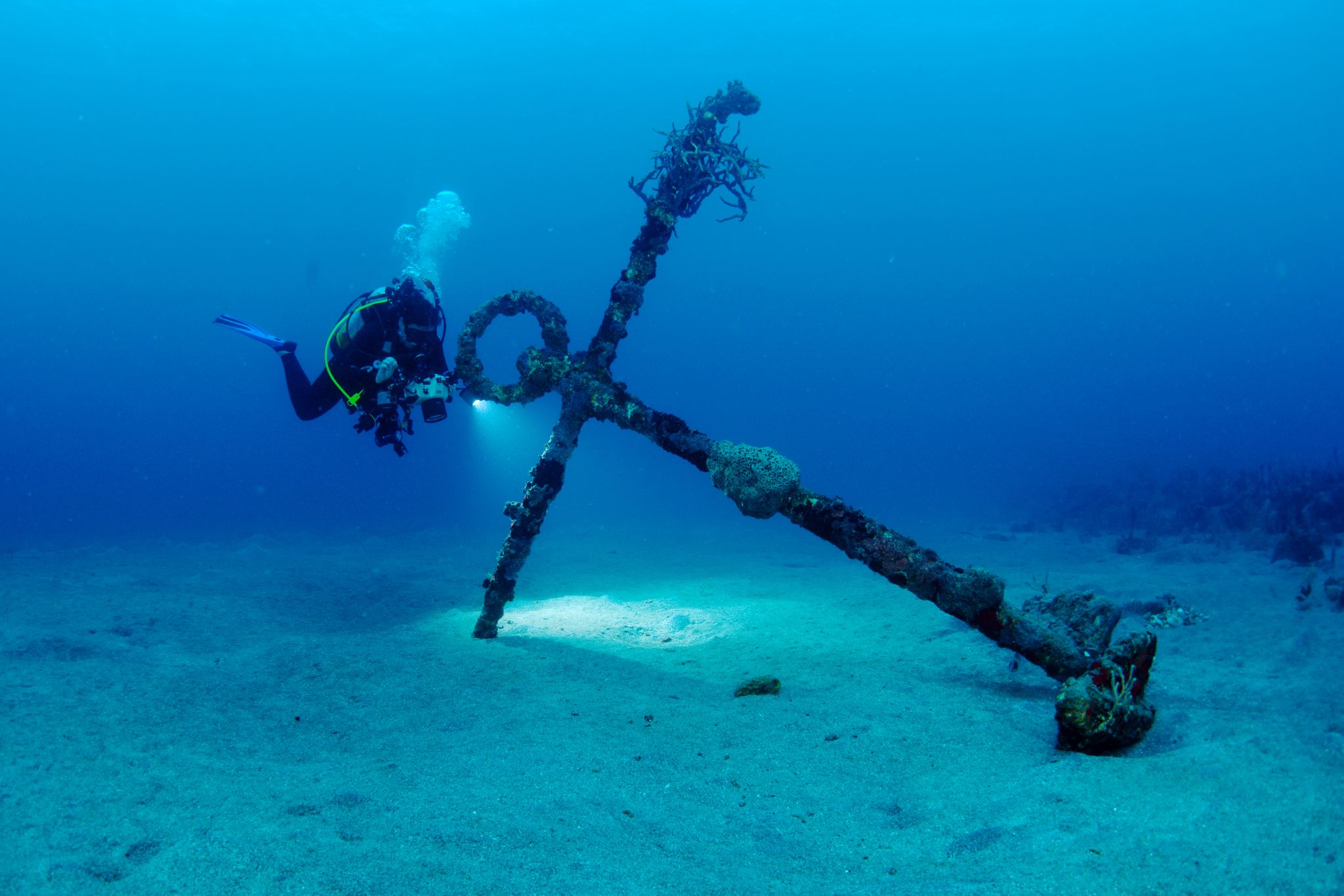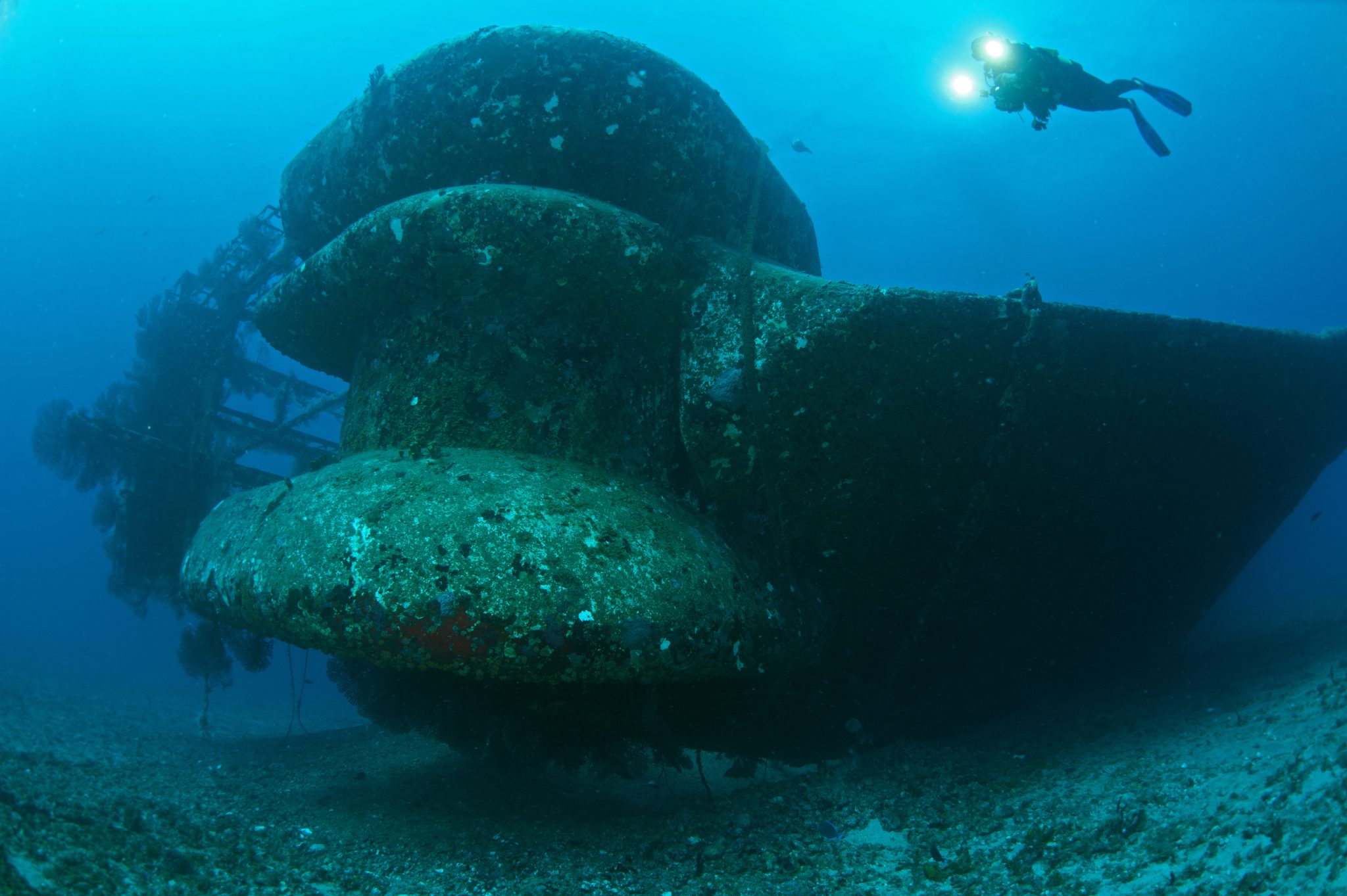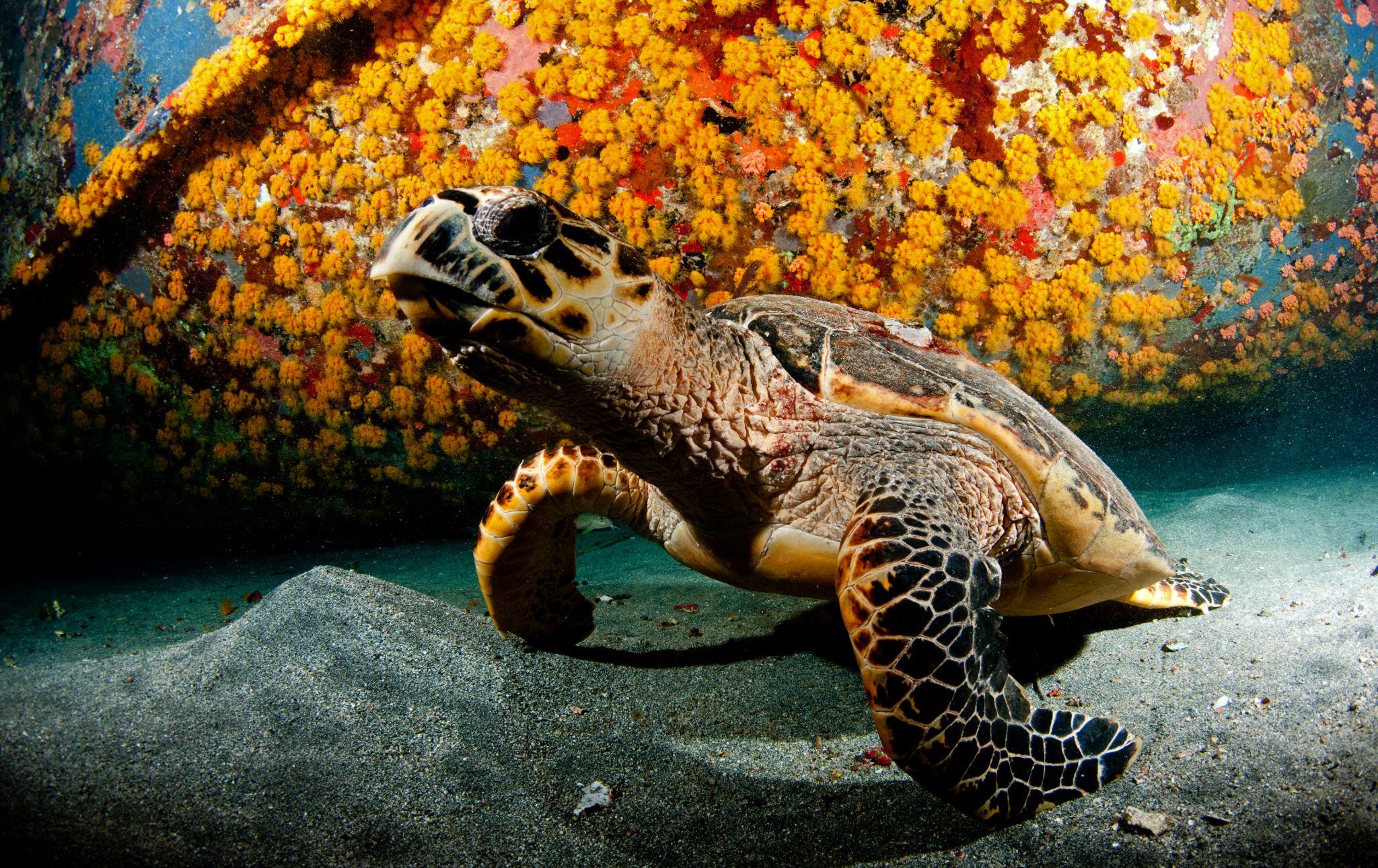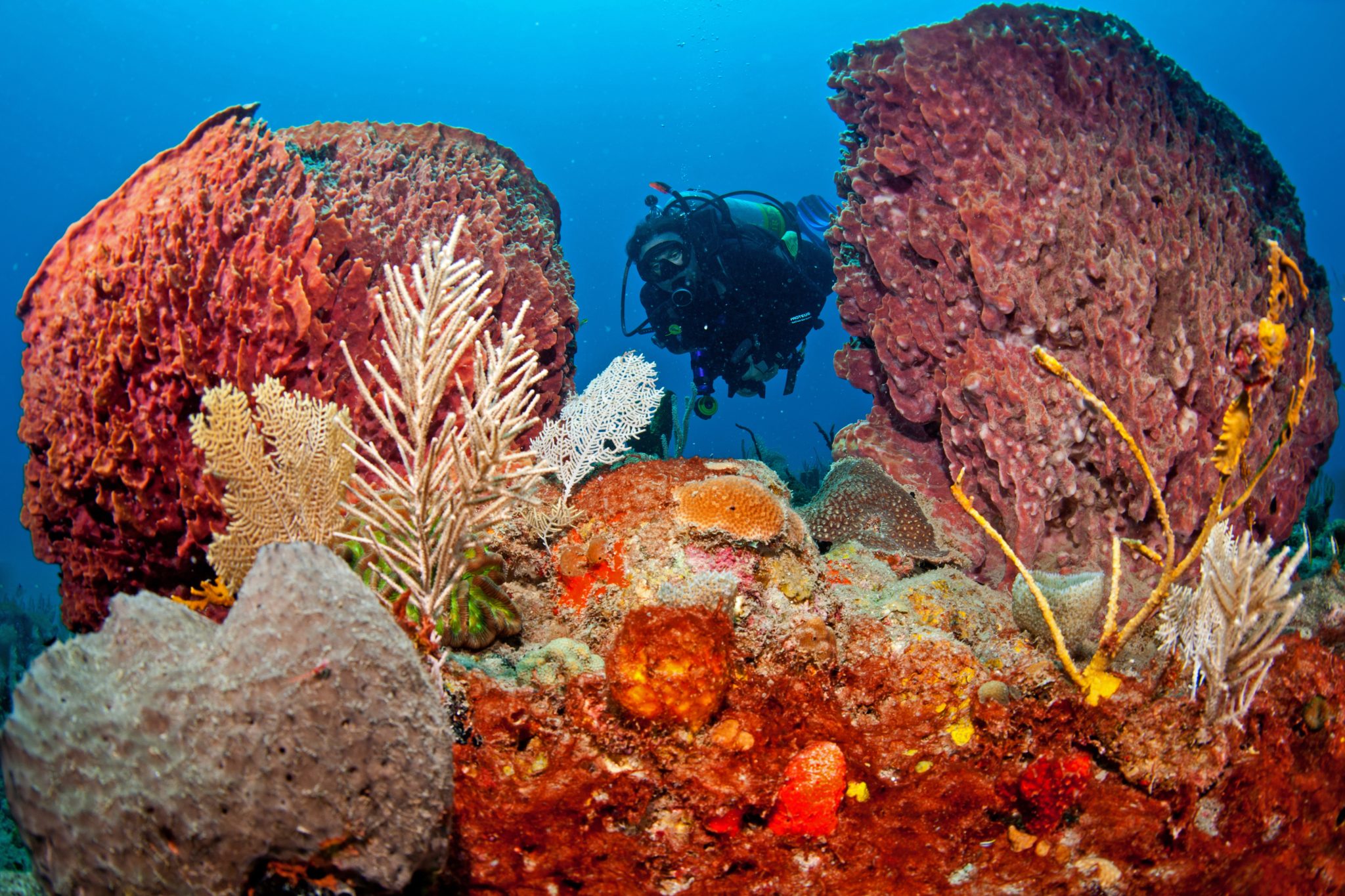

Overview
Fact File
| Capital | Oranjestad |
| Population | 3,242 |
| Languages | English, Dutch, Spanish, Papiamento |
| Time | GMT-4 |
| International Dialling Code | +599 3 |
| Currency | US Dollar (USD) |
| Tourist Board | |
| International Airports | F. D. Roosevelt Airport (EUX) |
About The Diving
Diving in St. Eustatius, often called Statia, unveils a mesmerizing underwater world rich in biodiversity and historical shipwrecks. Situated in the Eastern Caribbean, this Dutch Caribbean island is renowned for its exceptional dive sites and marine conservation efforts.
One of the main highlights is the “Double Wreck,” featuring the remains of two 18th-century British naval vessels, the “Charles Brown” and the “Berkeley Springs.” These well-preserved wrecks provide a captivating glimpse into maritime history and attract advanced divers from around the world.
Additionally, Statia offers vibrant coral reefs teeming with marine life, including turtles, rays, and colorful fish. The marine park around the island, coupled with strict conservation measures, ensures thriving ecosystems. Sites like “The Golden Rock” and “Blue Bead Hole” showcase healthy coral formations, making them ideal for underwater photography and marine enthusiasts.
With warm, clear waters, excellent visibility, and experienced dive operators, St. Eustatius is a haven for divers seeking both historical intrigue and diverse marine encounters, making it an underrated paradise for underwater exploration.
Dive Highlights
Double Wreck Dive: Immersion in Maritime History
Explore the Double Wreck, featuring the remains of two 18th-century British naval ships, the “Charles Brown” and the “Berkeley Springs.” Dive into history and witness the well-preserved artifacts and structures, offering a captivating glimpse into the island’s maritime past.
The Blue Bead Hole: A Coral Wonderland
Discover the Blue Bead Hole, a dive site adorned with vibrant coral formations and teeming marine life. Encounter colorful fish, rays, and diverse coral species in this underwater paradise. The site’s healthy ecosystem and excellent visibility make it a favorite among divers and underwater photographers.
The Golden Rock: Thriving Coral Reefs
Dive into The Golden Rock, known for its thriving coral reefs and diverse marine biodiversity. Explore intricate coral formations, home to a variety of fish, crustaceans, and invertebrates. The site’s abundance of marine life and picturesque underwater scenery make it a must-visit for divers of all levels.
Charlie Brown: A Haven for Macro Photography
Charlie Brown is a macro photographer’s delight, offering opportunities to capture tiny underwater wonders. Explore the sandy seabed and encounter seahorses, nudibranchs, and other fascinating critters camouflaged in the surroundings. This site provides an excellent backdrop for capturing intricate marine details.
The STENAPA Marine Park: Preserving Underwater Treasures
Explore the STENAPA Marine Park, a protected area dedicated to preserving the island’s underwater treasures. Dive sites within the park, such as “Hilma Hooker,” offer encounters with diverse marine life, including turtles, groupers, and moray eels. The park’s conservation efforts ensure a thriving marine ecosystem for divers to enjoy.
When To Go
The best time to go diving in St. Eustatius is during the dry season, which typically spans from December to April. These months offer optimal weather conditions with minimal rainfall, calm seas, and excellent underwater visibility, creating ideal diving conditions. The water temperatures remain warm and comfortable, making it perfect for exploring the island’s diverse marine life and captivating dive sites.
While the dry season is the prime time for diving in St. Eustatius, diving is possible year-round. However, the wetter months, from May to November, may experience occasional rain and reduced visibility. Nevertheless, divers visiting during the wet season can still enjoy rewarding underwater experiences, and the island tends to be less crowded during this time.
Photos: Frogfish Photography

